How To Grow An Oakleaf Hydrangea For A Stunning Four-Season Display
The oakleaf hydrangea is pretty much the perfect shrub. It's easy to grow, looks good all year, and fits into almost any landscape. Here's how to grow one.
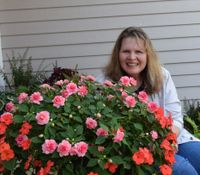
Quick Facts
Botanical name: Hydrangea quercifolia
Height: 4-8 feet (1.2-2.4 m)
Spread: 4-10 feet (1.2-3 m)
Sun exposure: Full sun to part shade
Soil requirements: Organically rich, well-drained
Hardiness zones: 5-9
When to plant: Spring or fall
Bloom time: Summer
If you are looking for a showy shrub to plant in a dappled shade or part shade location, consider the stunning oakleaf hydrangea (Hydrangea quercifolia). This flowering deciduous shrub is part of the extremely popular hydrangea family and is native to the southeastern U.S.
The oakleaf hydrangea's fabulous white panicles appear in early summer and fade to dusty pink as the season wanes. Blooms last for months and are set off by the unique oakleaf-shaped leaves that give this beloved shrub its name.
In autumn, its emerald foliage changes to reddish purple making it one of the most unique types of hydrangeas. Oakleaf hydrangeas are also lovely shrubs in winter since their bark peels back, revealing a dark layer beneath and creating interesting texture.
As you can tell, the oakleaf hydrangea is a stunning shrub that adds interest to the garden all year. Now let's take a look at how to care for this outstanding shrub and how to use it in your landscape for a showstopping display.
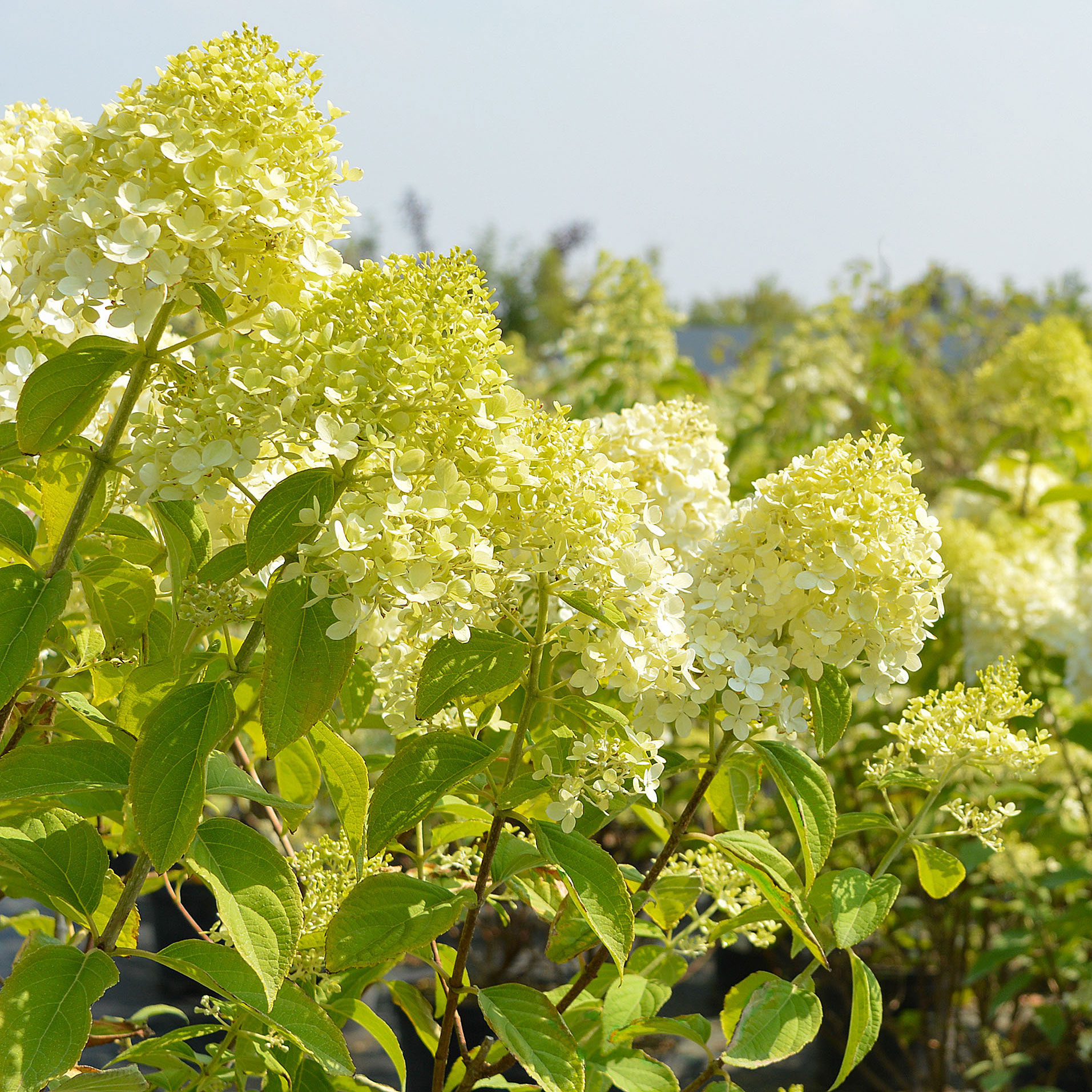
Find the perfect hydrangeas to turn your front lawn into the envy of the neighborhood with the Gardening Know How Shop.
Oakleaf Hydrangea Care
Overall, oakleaf hydrangea care is easy. These unique native shrubs don’t require much special treatment, though understanding their basic care needs are key to growing long-lasting shrubs that produce blooms year after year.
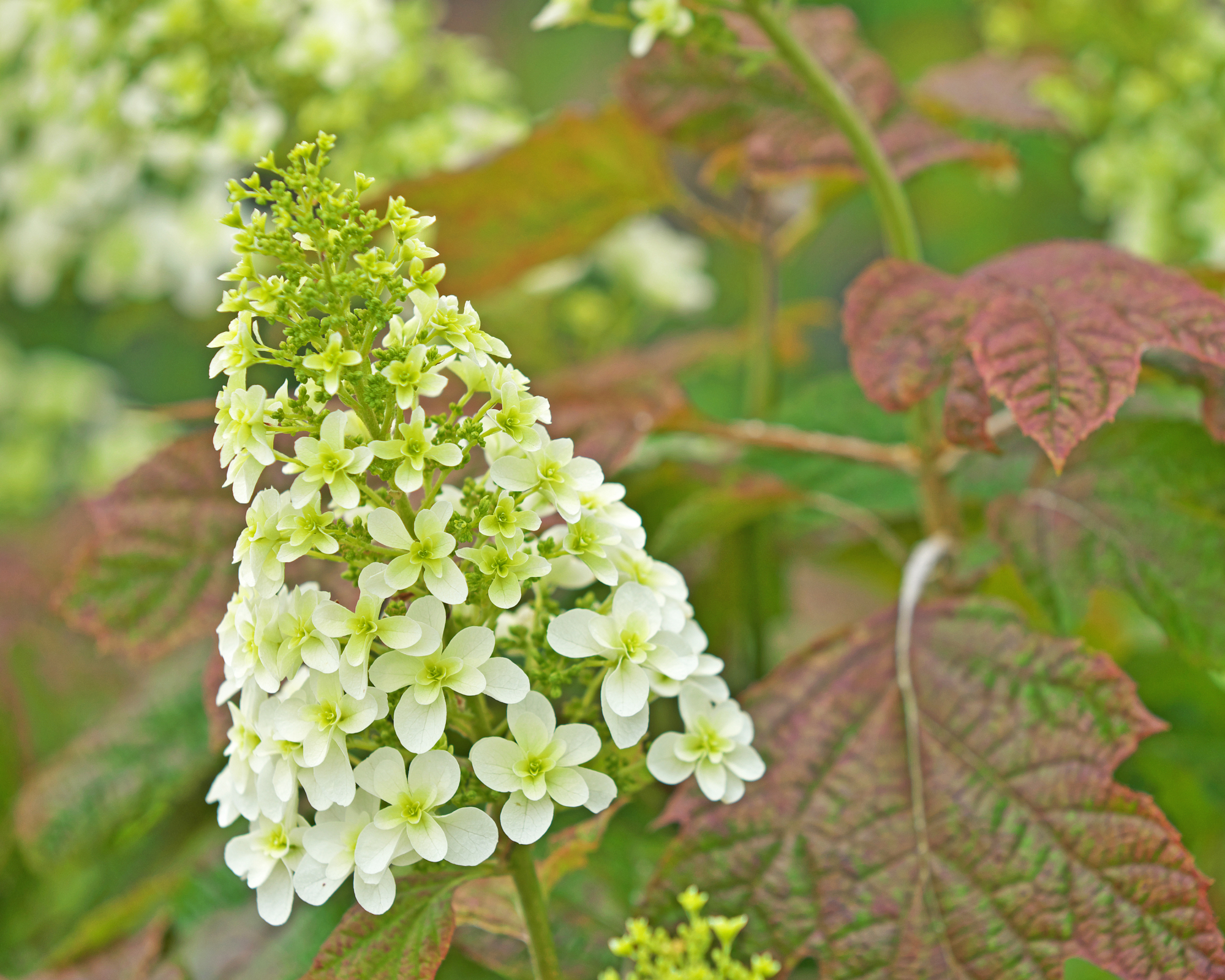
Light
Oakleaf hydrangeas can thrive in everything from full sun to part shade. Ideally, plant oakleaf hydrangeas in a spot where they get direct sunlight in the morning and shade in the afternoon. The further north they’re planted, the more sun they will tolerate. In warmer southern regions, they do best with some afternoon shade.
Though this variety is one of the best hydrangeas for shade, for the biggest blooms place shrubs in a location that receives more sun than shade.
Sign up for the Gardening Know How newsletter today and receive a free copy of our e-book "How to Grow Delicious Tomatoes".
Water
Oakleaf hydrangeas are native to moist woods and along stream banks so give them moderate moisture, especially during their first year after planting. Once plants are established, oakleaf hydrangea water requirements are minimal as they are relatively drought-tolerant bushes. However, be sure to provide supplemental water during dry spells.
Mulch around shrubs to help them retain moisture during the hot summer months. Shrubs planted in sun require more frequent watering than ones in shade. If leaves wilt, it’s time to water.
Temperature & Humidity
This shrub is native to the southeastern U.S. and is one of the most heat-tolerant hydrangea varieties. It doesn’t mind humidity either. These shrubs can grow in cooler regions, down to USDA plant hardiness zone 5. However, you’ll find growing oakleaf hydrangeas is easier in regions that get some heat in summer.
If you plant your shrub in USDA zone 5 or colder, you will need to protect your hydrangea in winter. A simple way to do this is by piling fallen leaves around your oakleaf hydrangea to provide it with a layer of insulation over the cold winter months.
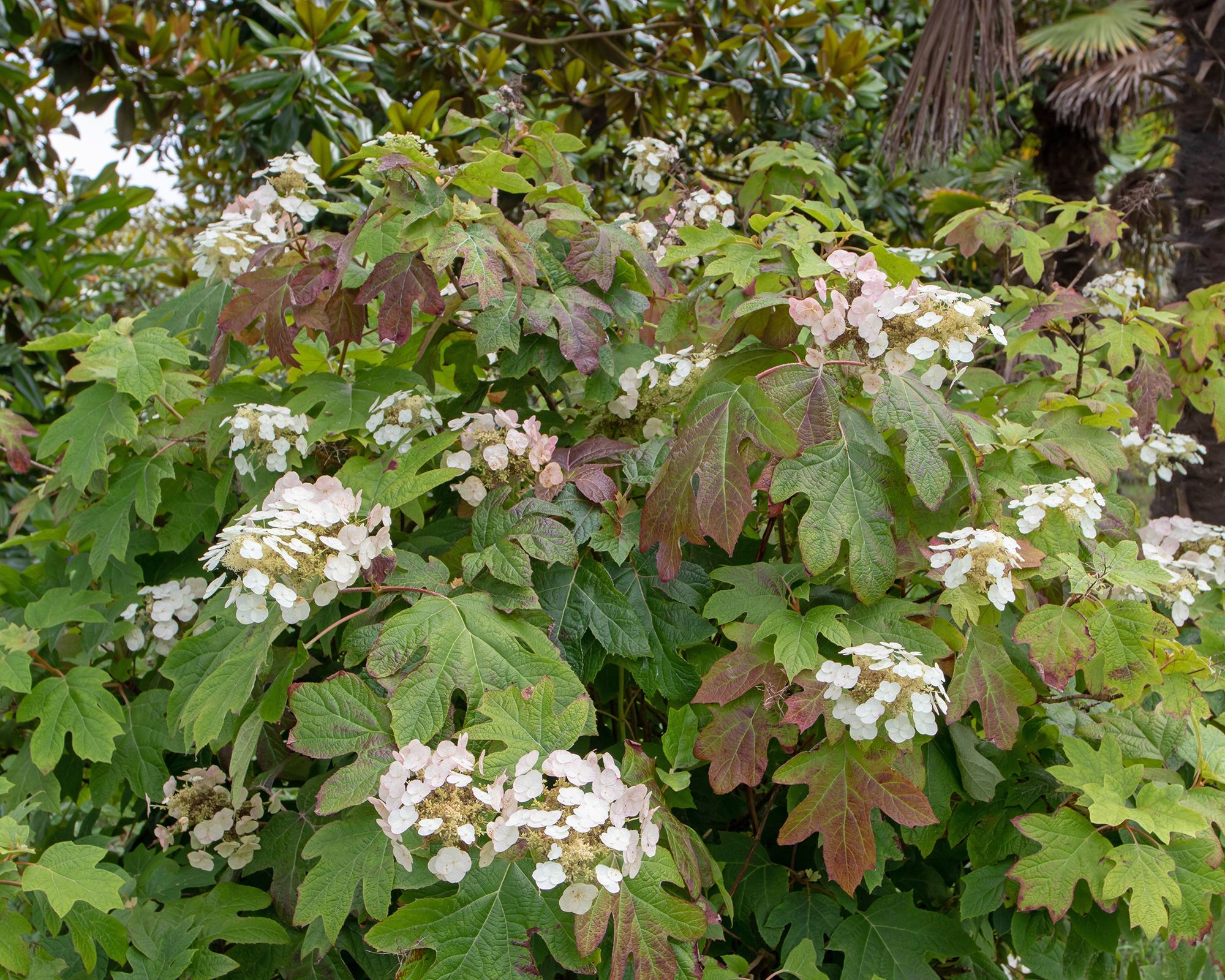
Soil
Oakleaf hydrangea performs best in fertile, well-draining soil. These shrubs prefer rich, loamy soil but can also tolerate sandier soils that drain more quickly. Mulch to retain moisture and add nutrients back into the soil each year.
Fertilizer
Fertilize hydrangeas in spring with a plant food specifically made for trees and shrubs. These shrubs are not heavy feeders, nor do they change colors depending on soil pH like their mophead hydrangea cousins, so fertilizer needs are minimal.
Problems, Pests & Diseases
Aphids and spider mites may be problems for hydrangeas. Spray insecticidal soap on aphids to control infestations. Neem oil should take care of spider mites. Oakleaf hydrangeas can be susceptible to leaf blight and powdery mildew fungal diseases, though issues are uncommon.
All parts of the oakleaf hydrangea are toxic to cats, dogs, and horses if ingested.
Pruning
Pruning oakleaf hydrangeas is easy. These shrubs bloom on old wood, so prune for shape right after flowering before new buds set.
To deadhead hydrangeas, cut below the panicle but above the first set of leaves. To retain size, prune out the oldest canes every few years. Remove dead or damaged stems any time.
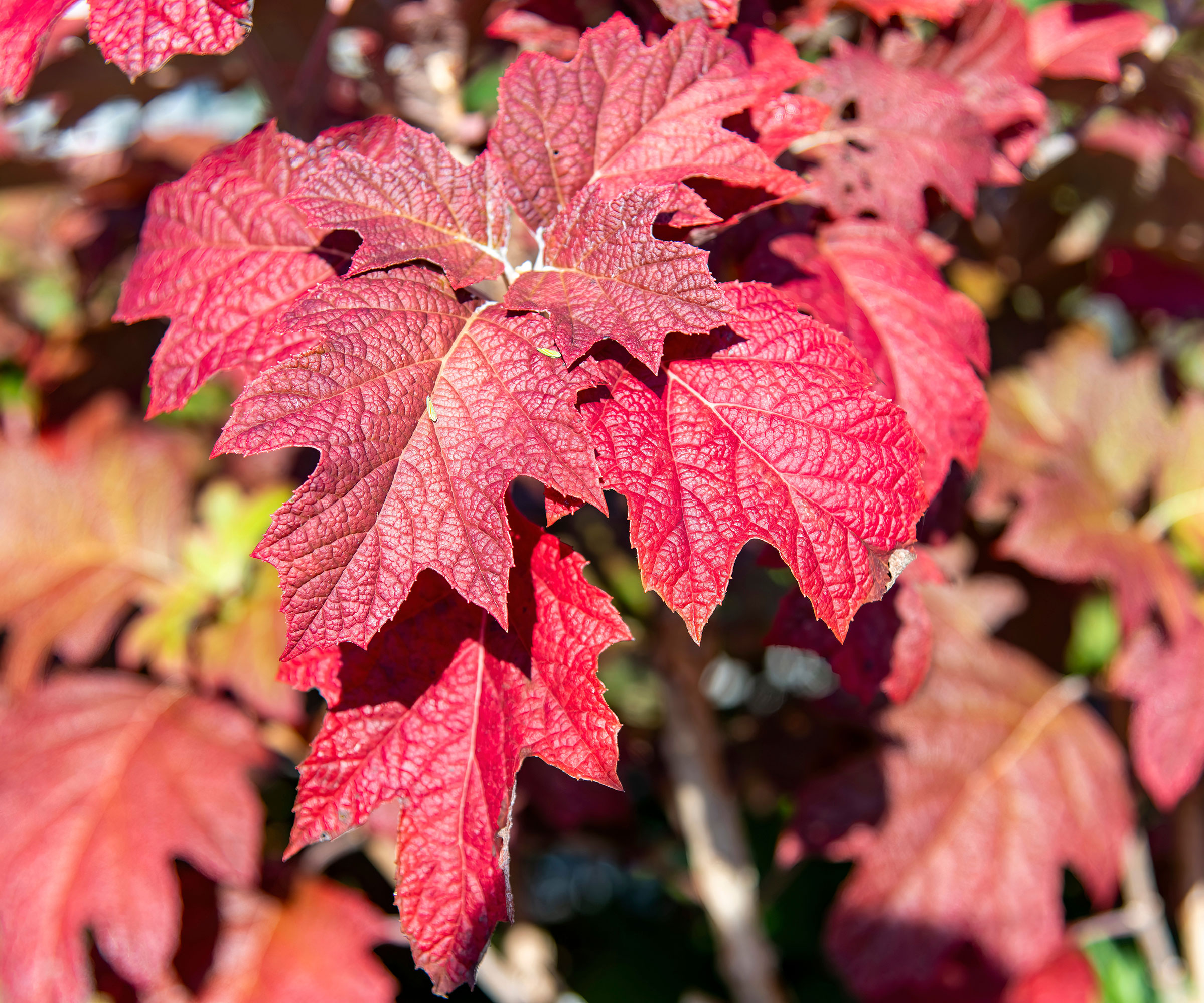
Propagation
Start new plants from seed or by rooting stem cuttings. Cultivars do not come true from seed, so propagation via cutting is the best method. Propagating hydrangeas from cuttings, however, produces an identical plant. It also produces a plant much more quickly than starting one from seed.
Repotting
You can grow the more compact cultivars of oakleaf hydrangea in containers using organically rich soil and a spacious pot. Crescent Garden has a fantastic selection of self-watering pots that are big enough to accommodate shrubs like oakleaf hydrangeas.
The 30” TruDrop Rim Self-Watering Modern Round Planter, now available in the Gardening Know How Shop, comes in 10 beautiful colors and is weather-proof, making it perfect for shrubs that stay outside all year. Or if you live in a colder climate, it’s easy to move your potted oakleaf hydrangea to a garage or greenhouse and keep it safe all winter.
When repotting oakleaf hydrangeas, only go up one to two container sizes. Fill the container part way with fresh, fertile soil, and insert the root ball from the previous container. Tease roots apart slightly if they are very compact or growing up the sides. Finish filling with soil but leave an inch or two (2.5 to 5 cm) at the top for watering. Mulch to help hold in moisture.

Varieties
- The ‘Alice’ oakleaf hydrangea is one of our gardening experts’ favorite cultivars. It’s the quintessential oakleaf hydrangea. This shrub keeps the show going all year long with scarlet foliage in fall and incredible copper colored exfoliating bark in winter.
- ‘Little Honey’ is a dwarf cultivar with bright, golden leaves in spring that change to chartreuse. Clusters of white flowers bloom in midsummer.
- ‘Pee Wee’ only grows 3 to 4 feet (0.9 to 1.2 m) tall and 2 to 3 feet (0.6 to 0.9 m) wide. Panicles of white flowers in early summer fade to pink.
- ‘Ruby Slippers’ is a compact form with large panicles of white flowers that change to ruby red.
- ‘Snowflake’, also known as ‘Brido’, sports double white flowers on panicles that can reach up to 15 inches (38 cm) long.
How to Use Oakleaf Hydrangeas in the Landscape
Oakleaf hydrangeas make excellent foundation, woodland, or specimen plants. Use one as a focal point in your garden or mass several plants together to create a beautiful hydrangea hedge.
The showy flowers of the oakleaf hydrangea attract butterflies and pollinators, making it an ideal choice for a pollinator garden. The green, oakleaf-shaped foliage looks attractive year round and, in the fall, leaves change to an eye-catching reddish purple color. In winter, exfoliating branches lend additional interest, while songbirds eat the seeds that form along the panicles.
This native woodland shrub is also one of the more shade tolerant of the hydrangeas, making it ideal for gardens that don’t receive full sun.

Frequently Asked Questions
When do I prune oakleaf hydrangea?
You can prune this hydrangea for shape if it needs it immediately after flowering. It develops flower buds on the previous season’s growth so any trimming in the fall or spring could sacrifice blooms.
Can I plant my oakleaf hydrangea in full shade?
Yes you can, but it won’t bloom as well as it does with some sun. Dappled shade or part shade is best.
Dig Deeper Into Hydrangeas
- Don't make these common hydrangea care mistakes and miss out on beautiful blooms! Here's how to avoid common bush blunders.
- Hydrangeas not blooming? Learn the root causes why and find out how to grow flower-filled shrubs.
- Discover more gorgeous shrubs for your garden! Explore our experts' top hydrangea picks in Gardening Know How Shop today.
This article features products available from third party vendors on the Gardening Know How Shop. Keep in mind that our plant inventory is limited—so if you’re thinking of purchasing, don’t wait!
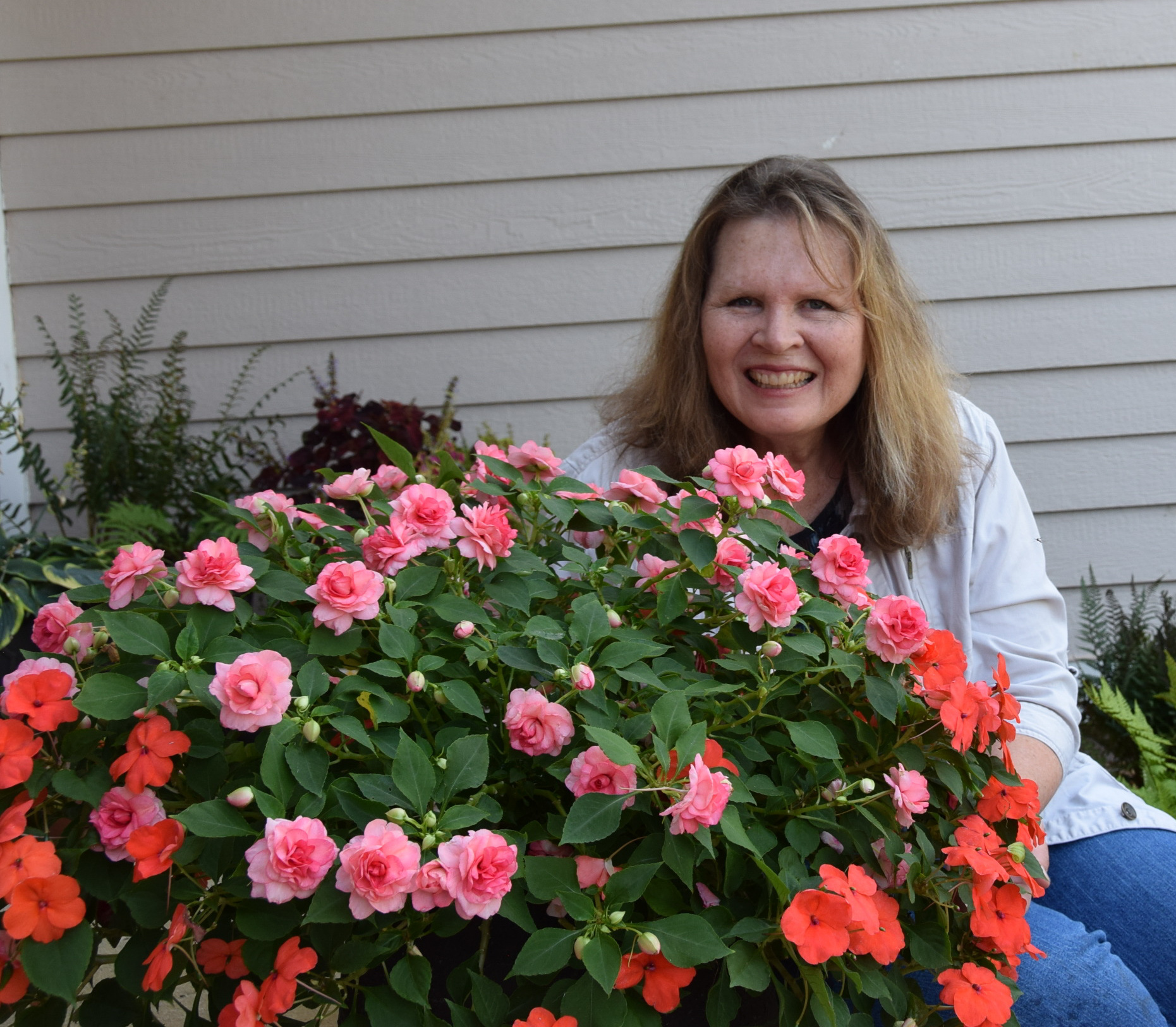
After graduating from Oklahoma State University with a degree in English, Susan pursued a career in communications. In addition, she wrote garden articles for magazines and authored a newspaper gardening column for many years. She contributed South-Central regional gardening columns for four years to Lowes.com. While living in Oklahoma, she served as a master gardener for 17 years.
- Laura WaltersContent Editor
- Amy DraissDigital Community Manager